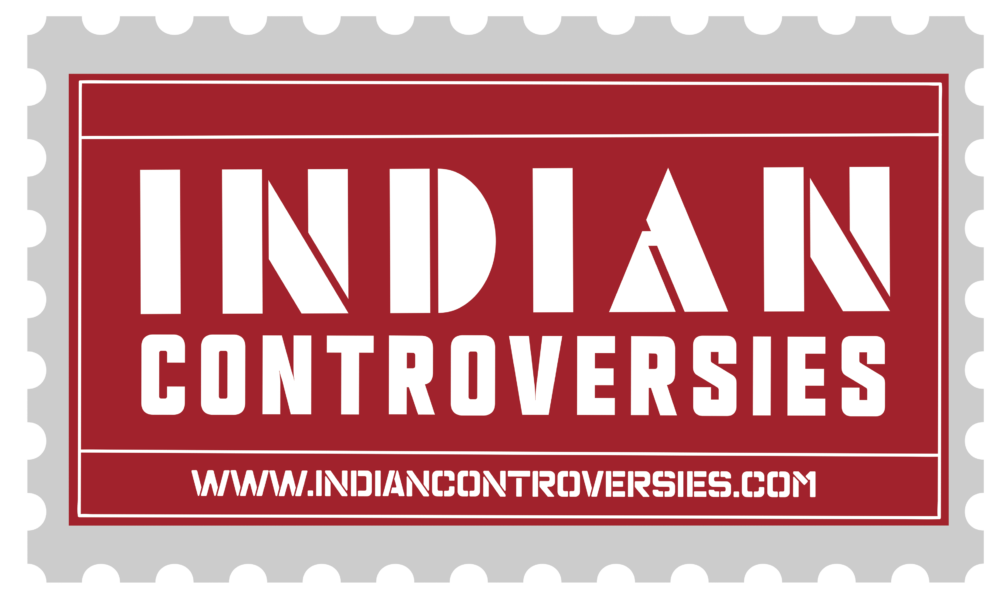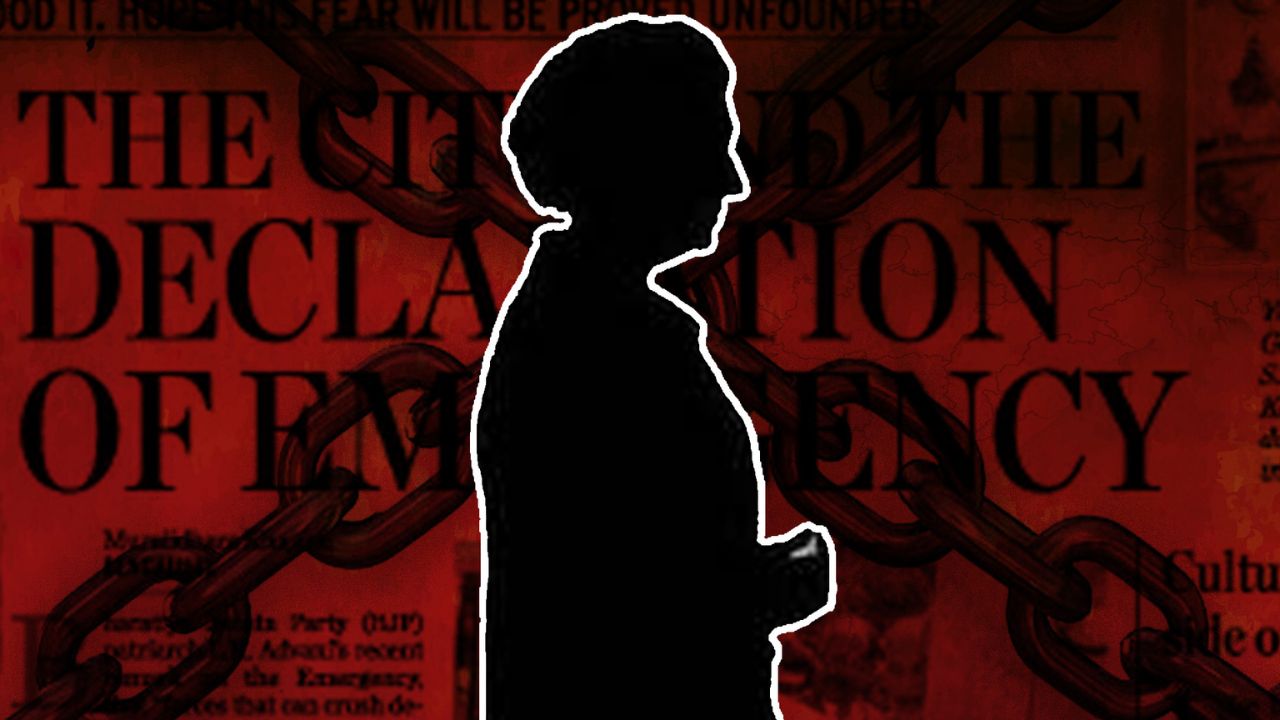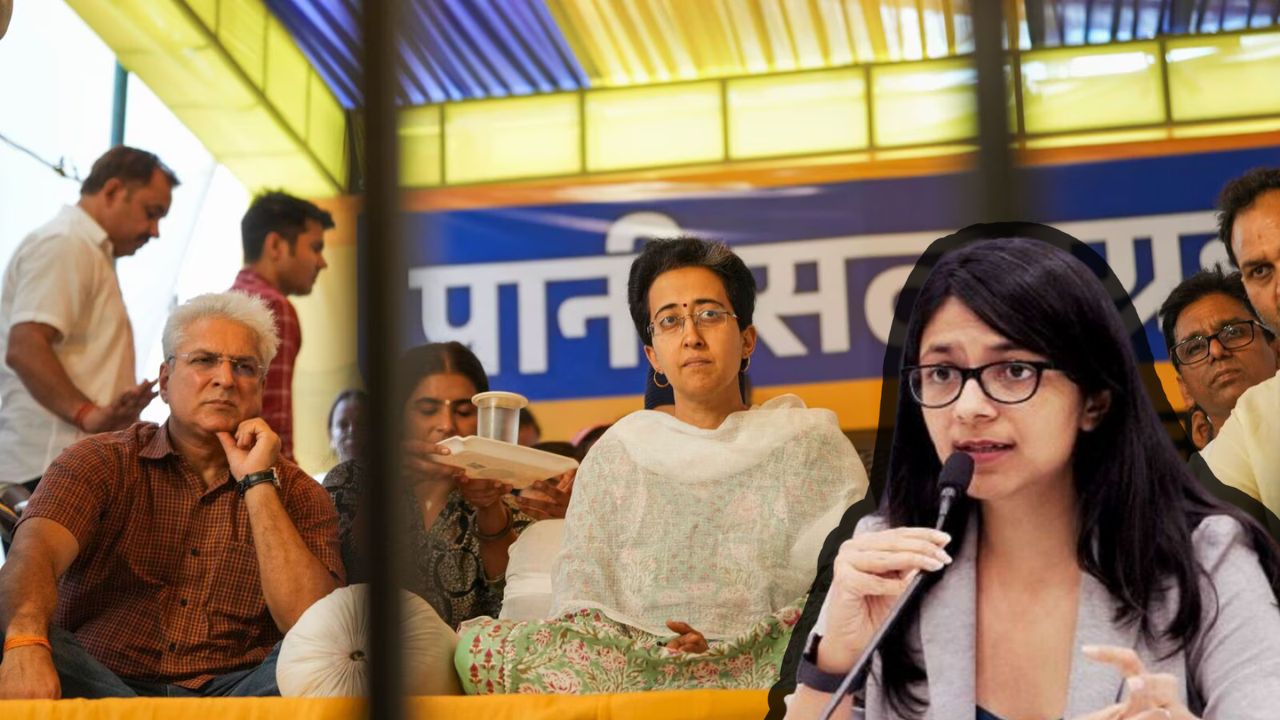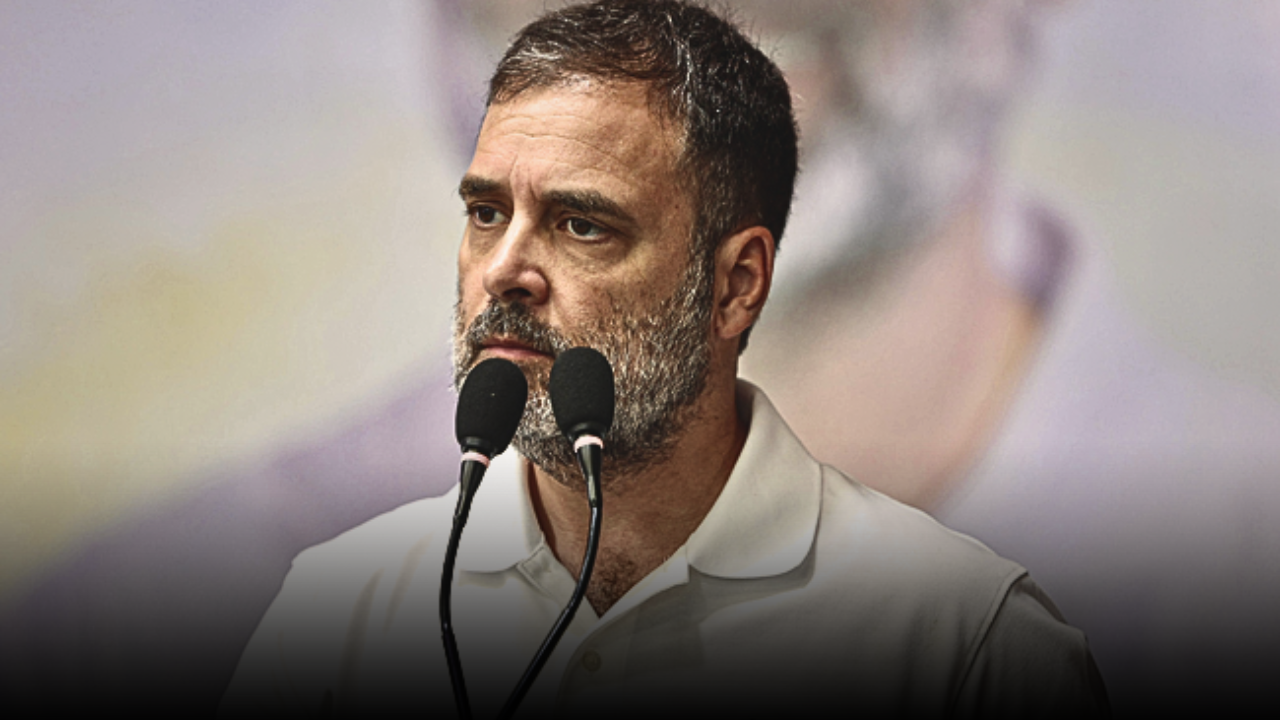In the tapestry of India’s democratic history, Jawaharlal Nehru stands as an iconic figure—a visionary leader who championed freedom of speech and liberty. Yet, beneath the veneer of progressive ideals, lay a complex reality of censorship and control that shaped the Nehruvian era.
The First Amendment to the Indian Constitution, introduced under Nehru’s leadership, was meant to establish “reasonable restrictions” on free speech to protect public order. However, in practice, it often served as a tool to stifle dissent and silence voices critical of the establishment.
One of the most glaring examples of this paradoxical approach to freedom of expression was the case of Majrooh Sultanpuri, a renowned poet whose lyrical prowess was matched only by his courage. Sultanpuri found himself behind bars for daring to liken Nehru to Hitler, a comparison that struck a nerve in the corridors of power, leading to his imprisonment for one year. This incident epitomizes the delicate balance between artistic expression and political sensitivity during that era.
The censorship extended beyond individuals to entire institutions and ideologies. The democratically elected Communist government in Kerala faced dismissal, with Nehru and the Congress Party asserting that Communist parties should not be allowed to participate in general elections—an irony considering Nehru’s avowed commitment to pluralism and democratic values.
Books, films, and other forms of artistic expression also faced the heavy hand of censorship. Works by authors like Burt & Russell, whose critical analyses challenged established narratives, were banned or censored, reflecting a broader trend of intellectual suppression. Historians like Dharampal, whose research delved into contentious aspects of Indian history, found themselves marginalized and even jailed for their perspectives.
The media landscape of the time was not immune to censorship either. Journalists and columnists who dared to criticize Nehru or his policies faced repercussions ranging from being fired to having their columns discontinued. The case of Durga Das, a prominent editor whose critical pieces on the Nehru family led to his dismissal, symbolizes the thin line between journalistic integrity and political expediency.
The impact of censorship was not limited to the realm of ideas; it permeated cultural and artistic expressions as well. Films like “Nine Hours to Rama,” which explored controversial historical events, were banned or heavily censored. Popular music and plays that questioned societal norms or political authority faced similar scrutiny and restrictions.
The paradox of Nehru’s legacy lies in the contrast between his lofty ideals of freedom and the harsh realities of censorship under his watch. While Nehru himself spoke passionately about the importance of free speech and dissent in a democracy, the actions of his government often fell short of these ideals.
However, it is essential to view this period in context. India was navigating the complexities of nation-building, grappling with internal challenges and external threats. The fear of destabilization and the desire to maintain unity and order in a diverse nation may have led to overzealous censorship measures at times.
Yet, the lessons from this era are clear. The protection of free speech and expression is not just a legal matter but a cultural and moral imperative. It requires a constant vigilance to safeguard the rights of individuals and the integrity of institutions against the encroachments of power.
As we reflect on the Nehruvian legacy, we must acknowledge the ironies inherent in the pursuit of liberty within a democratic framework. The struggle for free speech and expression continues to evolve, reminding us that the price of freedom is eternal vigilance.
In conclusion, the Nehruvian era serves as a cautionary tale and a call to action—a reminder that the true test of a democracy lies not in its rhetoric but in its commitment to upholding the fundamental rights of its citizens, including the right to speak truth to power without fear of reprisal.





